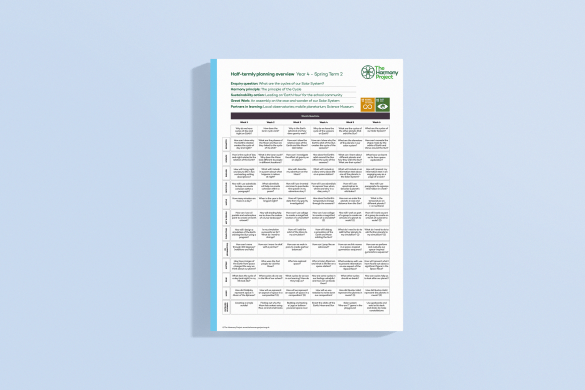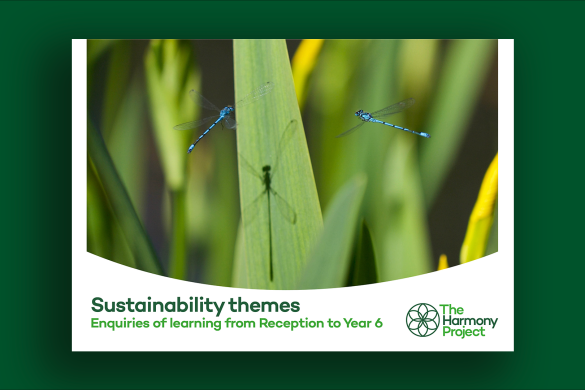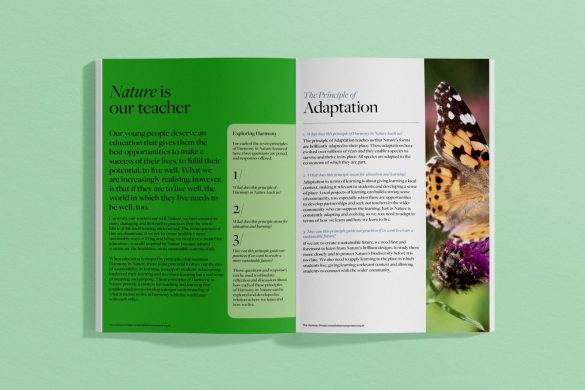Geometry pack: What are the cycles of our solar system?
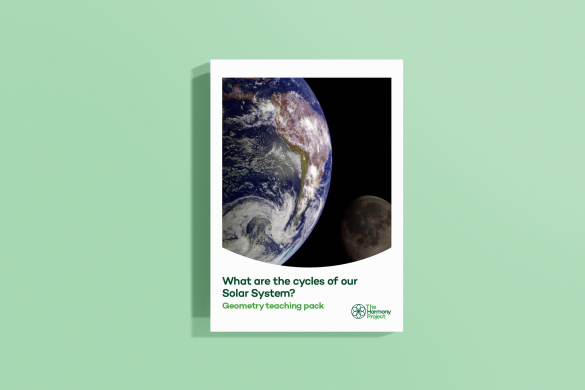
Use this pack to explore the geometry of the solar system with students in KS2.
The six geometry activities in this pack have been developed to support the Year 4 enquiry of learning, What are the cycles of our solar system?, linked to the principle of the Cycle. In the context of this wider enquiry, each geometry activity introduces the learning each week over the course of a half term by exploring a different pattern or cycle that is a characteristic of our solar system. The complete planning overview for this enquiry of learning can be downloaded free of charge here.
For each activity, step-by-step text instructions are provided as a guide for teachers, with accompanying diagrams and lists of the resources students will need to complete each activity. There are also photocopiable resources that can be used to simplify each activity for students requiring additional support or if you do not have access to compasses for the children to use, or to save time.
To help students get the most out of these activities, we recommend the use of Jakar compasses, which can be purchased at a discounted rate on our website.
What’s in the pack?
The following six activities are available in this pack:
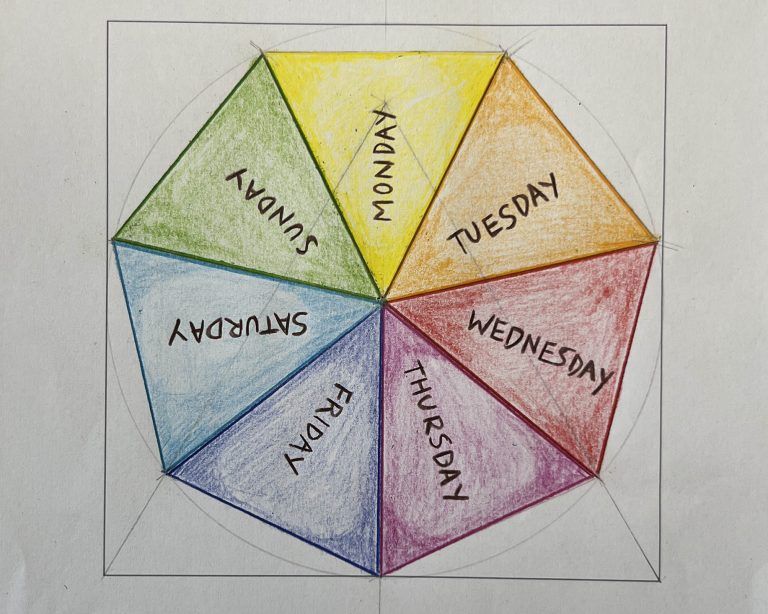
Activity 1 Why do we have cycles of day and night on Earth?
This activity introduces learning about the cycles of day and night on Earth. Children explore this visually by dividing a circle into seven sections using a compass and a ruler.
Activity 2 What are the phases of the moon?
This activity uses eight-fold symmetry to visualise the eight phases of the moon (the distinct shapes that the moon appears to take in our night sky as it orbits the Earth).
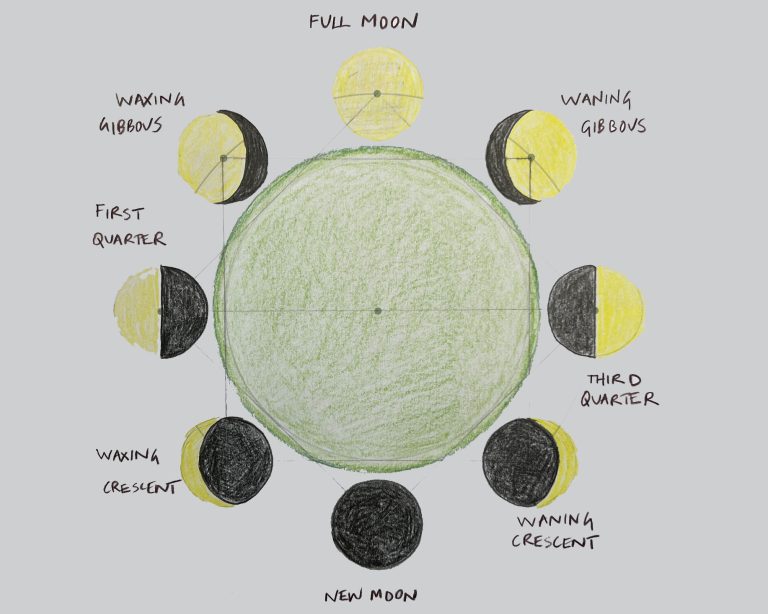
Activity 3 What are the relative sizes of the Earth and moon?
This activity explores, in an accessible way, the relationship between the dimensions of the Earth and the moon, and their 11:3 ratio.
Activity 4 Why do we have the cycle of the seasons on Earth?
In the UK, our year is divided into four seasons: winter, spring, summer, and autumn. This activity uses geometry to explore the four equinoxes and solstices that mark the beginning of each season as we experience them from our point of view in the Earth’s northern hemisphere.
Activity 5 How big are the planets in our solar system?
This activity explores the relative sizes of the planets in our solar system. It links well to maths learning about diameter and radius.
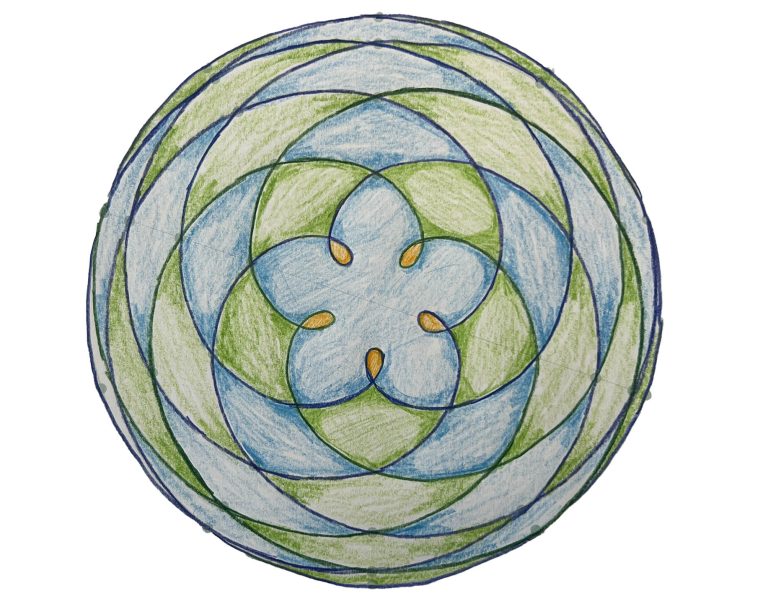
Activity 6 How can I recreate the orbit of Venus?
In this activity, children trace the orbit of Venus around the sun as viewed from the Earth over eight years and construct a simple pentagonal flower using a compass.
